The premise of this exhibition, the first of the Museum's forays into what will be the collection on display at its future home in Kensington, is to tell the so-called extraordinary stories behind certain everyday objects: hence the road signs, and all of the other pieces that make up the core of any design museum's collection. To tell these stories, the exhibition is divided into six parts: Taste, Why We Collect?, Identity + Design, Icons, Fashion and Materials + Process. Within these six themes sit perhaps some of the most pressing and important themes for any museum, but particularly a design museum. And yet, despite the exhibition title and the section names, there was very little sense that the exhibition was actually attempting to tell any stories at all.
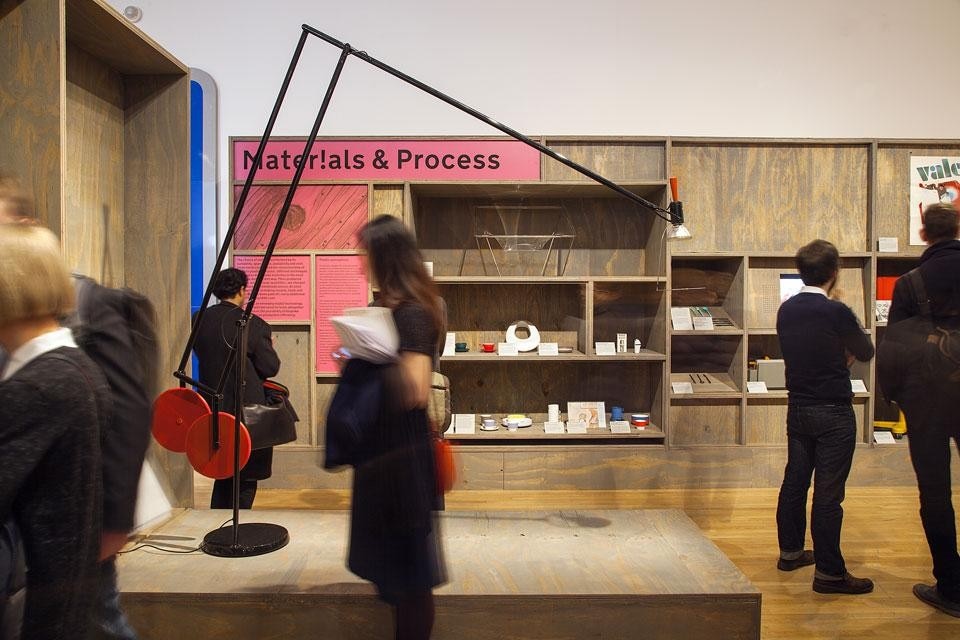
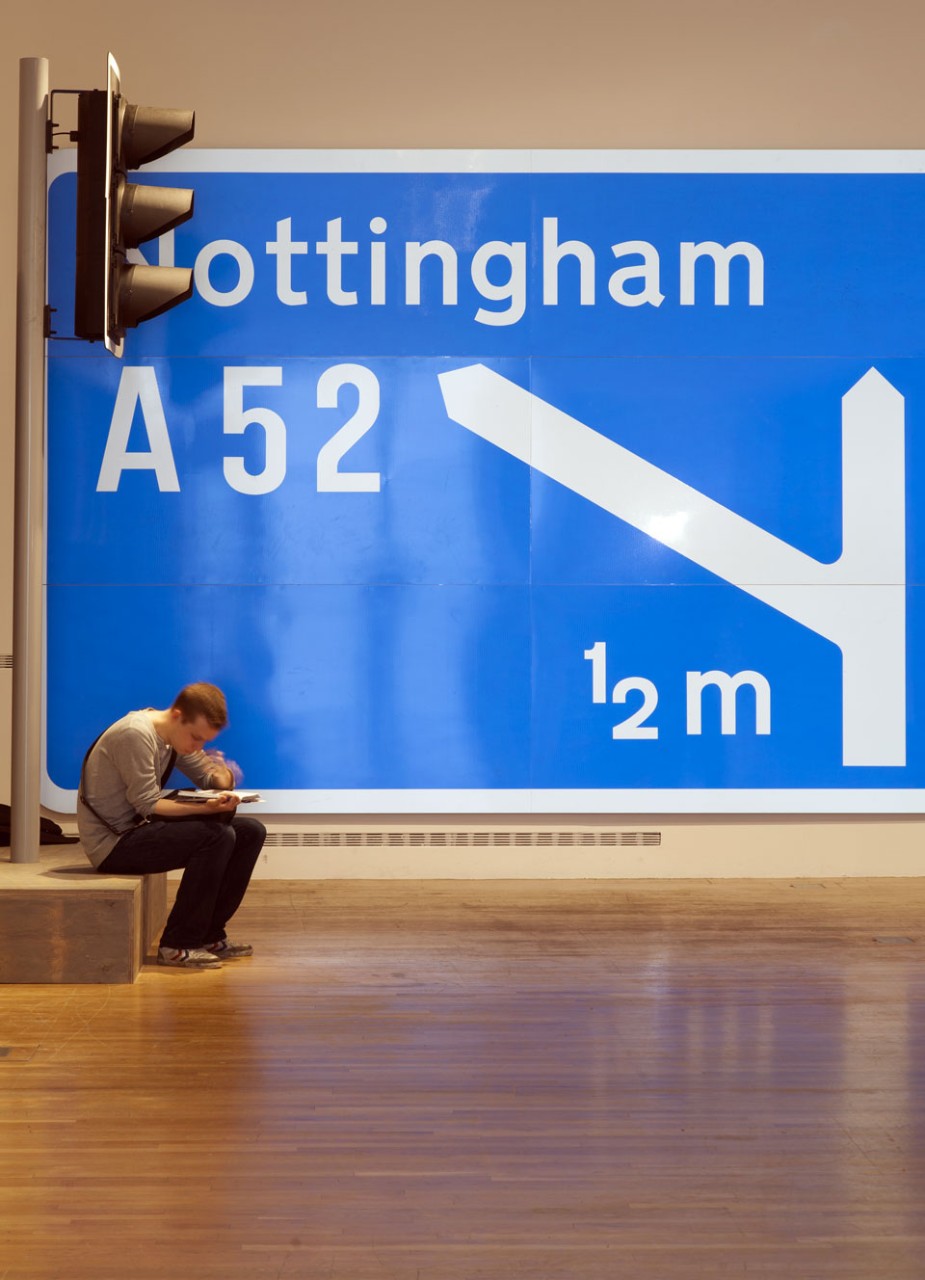
It isn't enough to take the objects out of storage, put them on display and promise to tell us the stories that justify their being in the museum in the first place
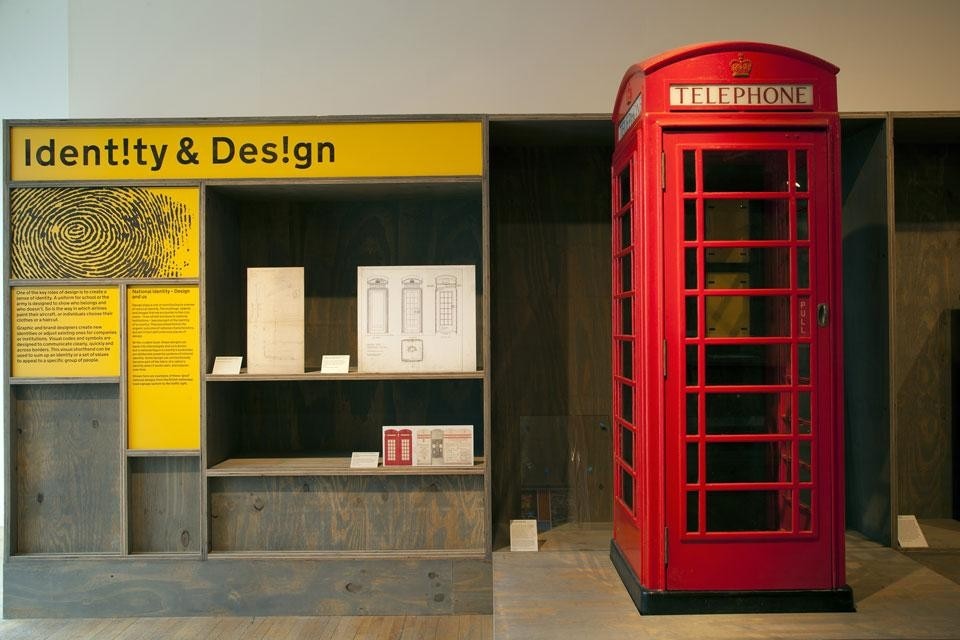
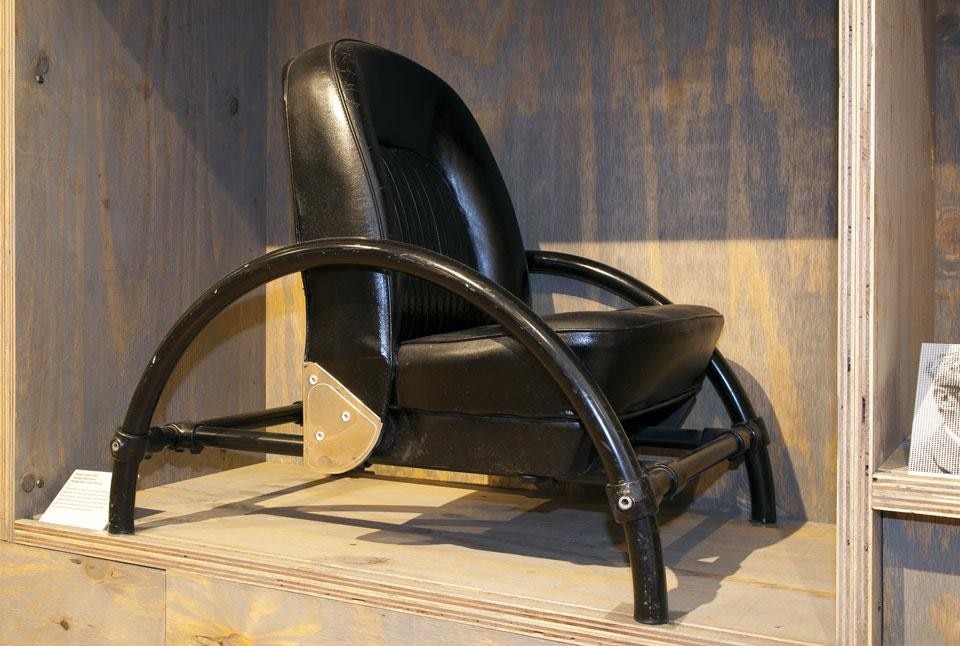
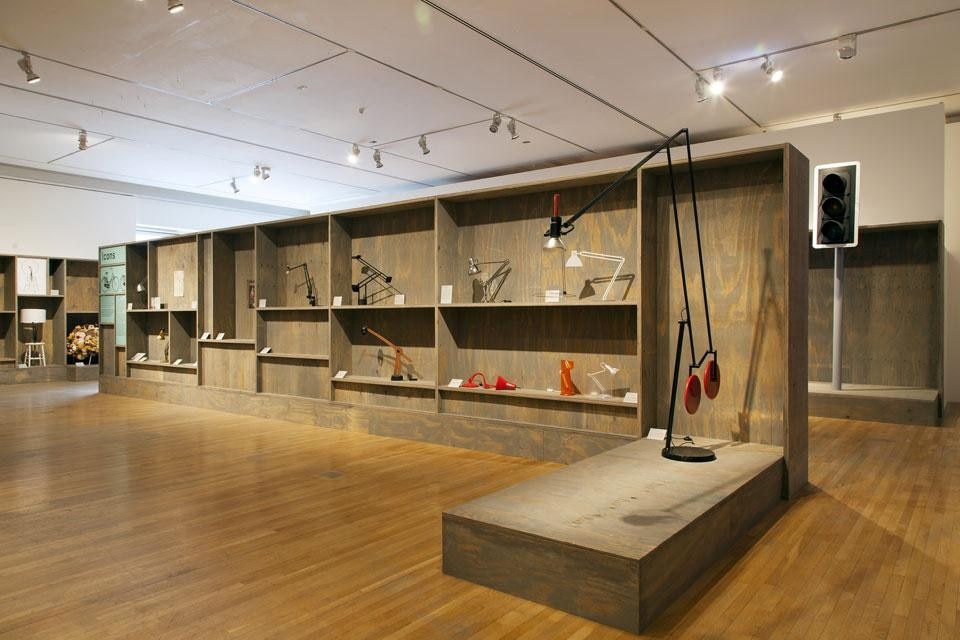
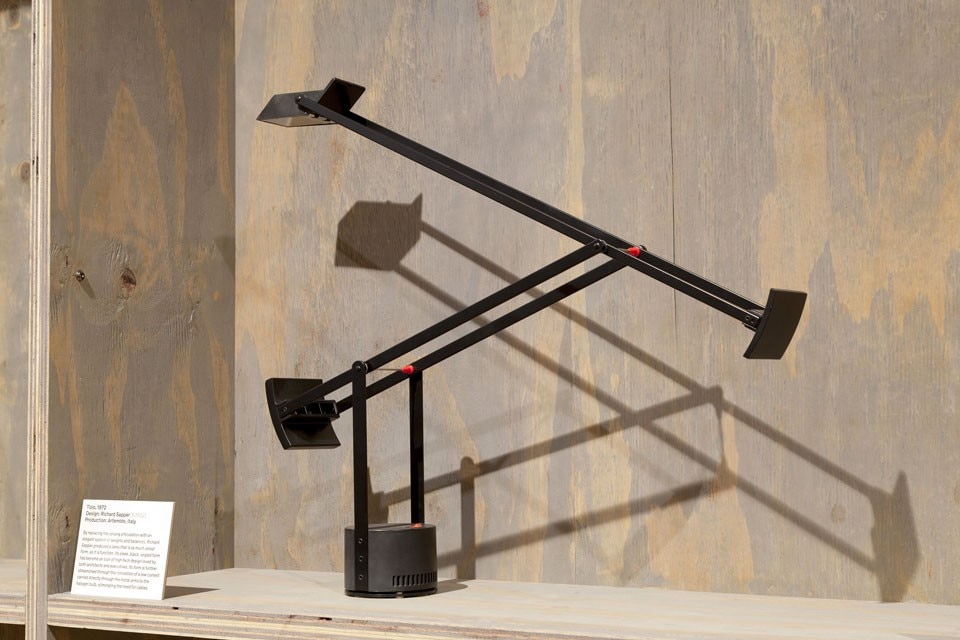
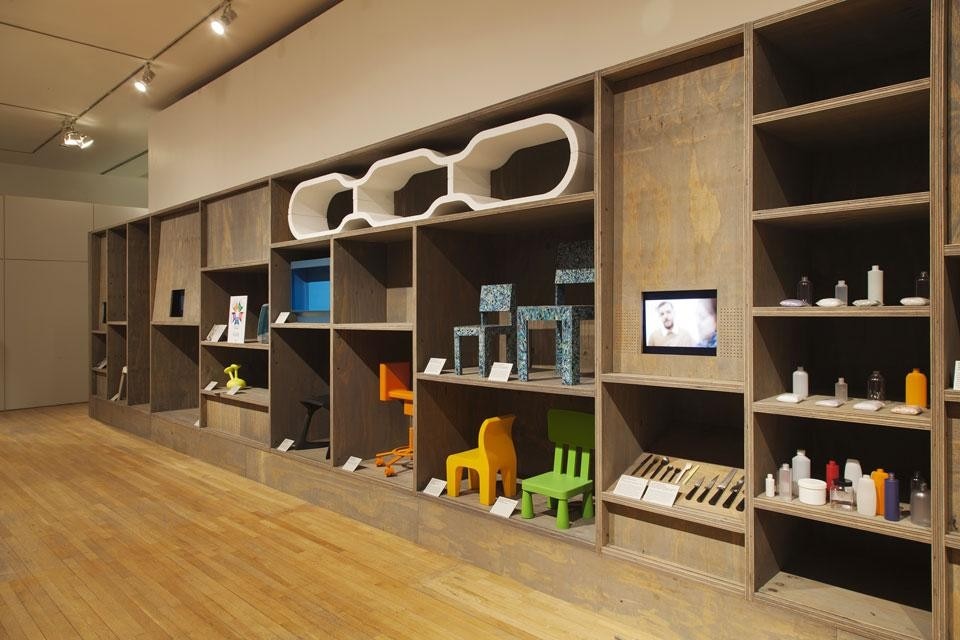
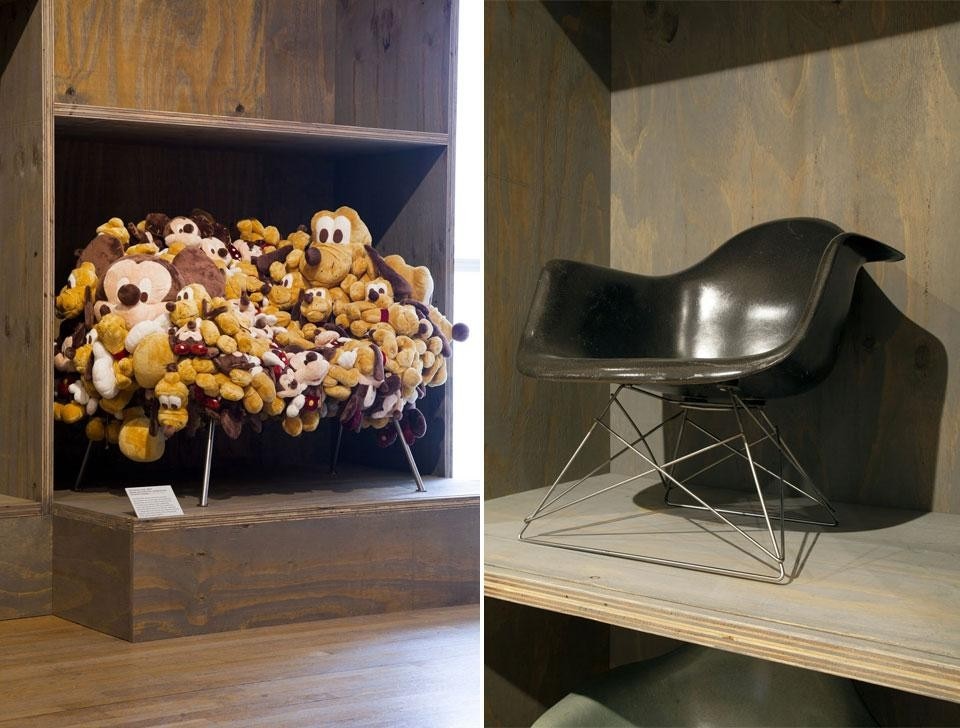
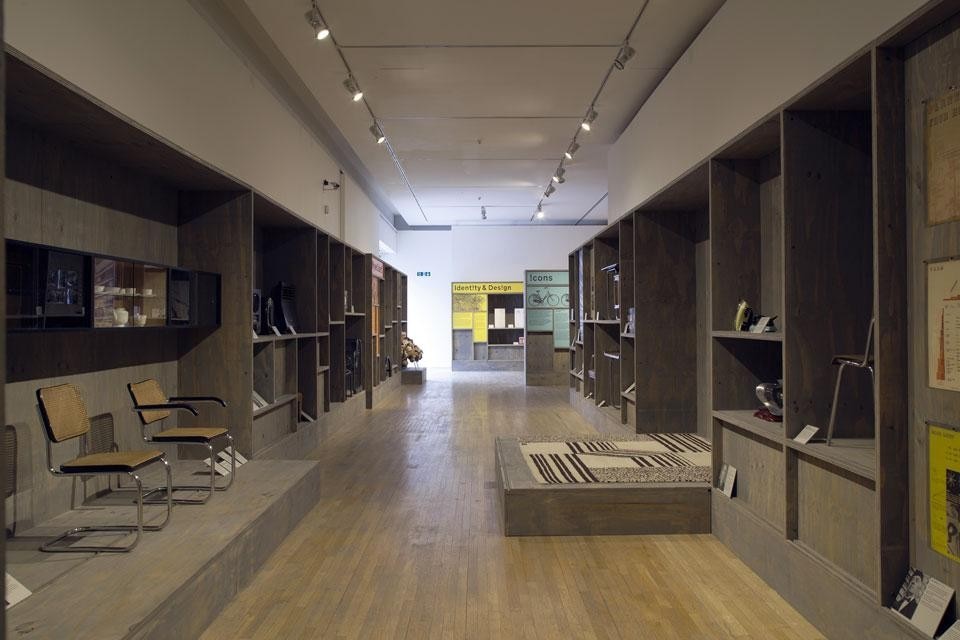

This system turns the outdoors into a custom experience
A fully configurable structure, designed to blend seamlessly into the natural landscape while providing shelter from sun, wind, and rain.
It exists - it’s called CODE.



